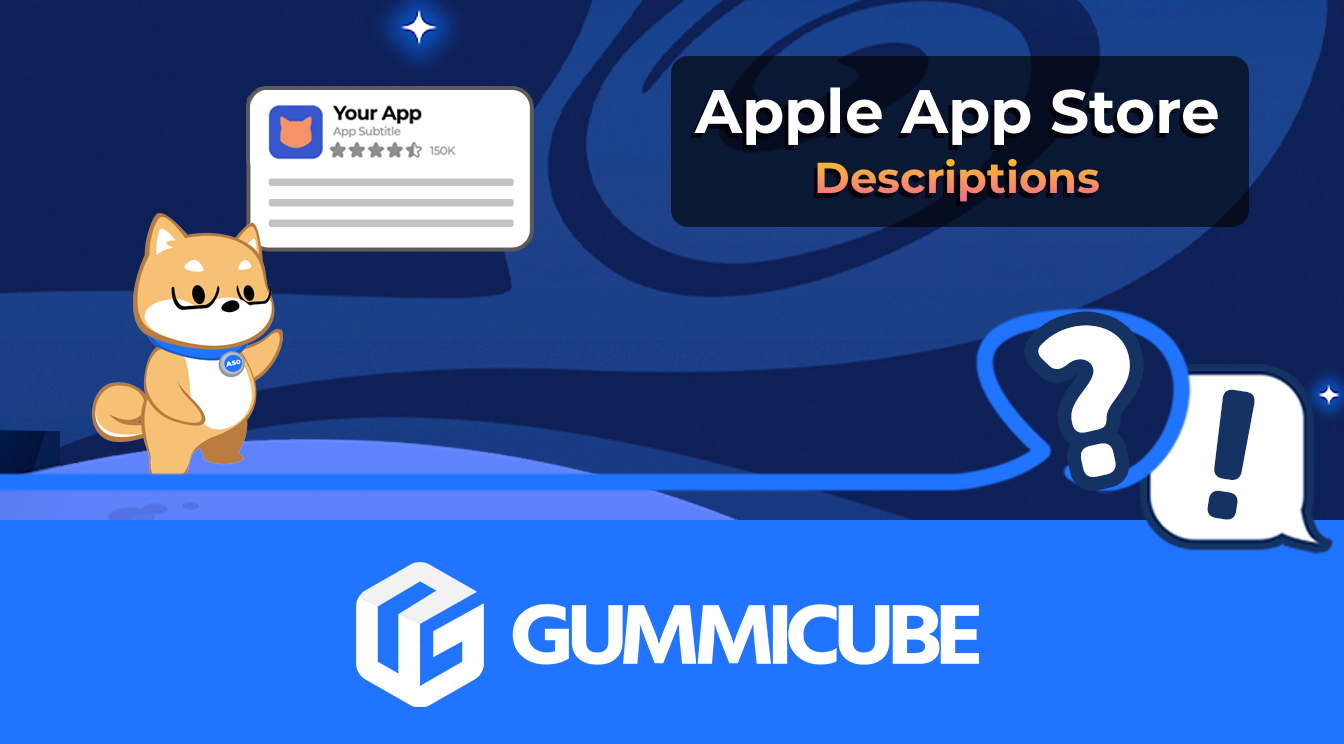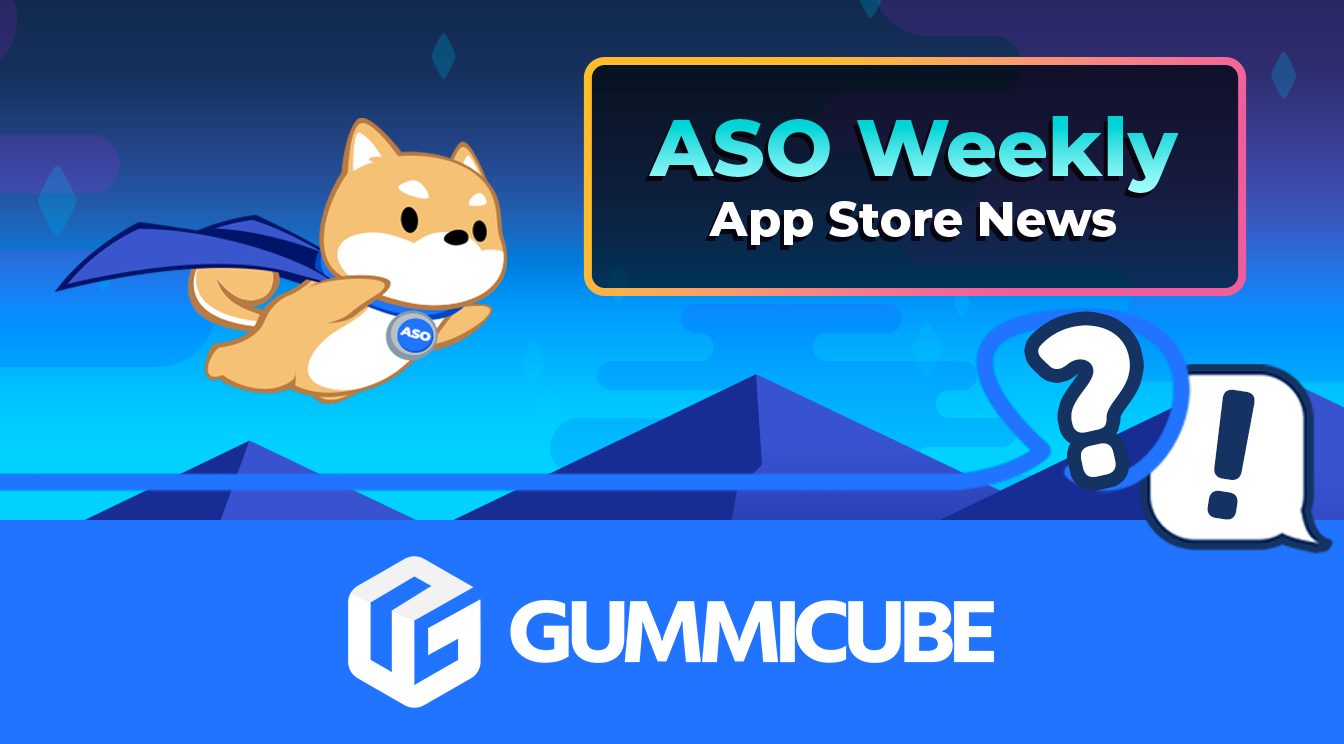
How to Write an Apple App Store Description
Posted on July 17th, 2024
Learn how to approach App Store descriptions the right way so you can effectively engage and convert users.

Welcome to this week’s ASO Weekly. Today, we’ll explore some top stories related to the importance of user experience and design. If you haven’t checked out our YouTube channel yet, we’ll be posting a “can’t miss” presentation about the best data sources for App Store Optimization success.
APS NYC was back live this year. With over 200 in-person attendees, this year’s App Promotion Summit came back with a bang. It was a buzzing event full of app growth experts sharing new ideas, tactics and actionable insights necessary to stay competitive given the current state of mobile marketing.
With global app store competition on the rise, mobile marketers need to find effective ways of cutting through the competition. App Store Optimization is foundational to mobile marketing success, but there’s more to optimization than meets the eye.
There are tons of ASO resources online, but several suggest that ASO is just SEO for apps. This is far from the truth, and this simplification of ASO leads many mobile marketers to invest in strategies that are vastly incompatible with their app growth goals.
Gummicube Co-founder and CEO, Dave Bell took to the main stage at APS NYC to set the record straight on what makes ASO different from other forms of marketing. The data you use to back up your ASO strategy is crucial to your success. If they come from the wrong sources, you may be missing critical steps necessary for a fully-realized ASO strategy.
Make sure to subscribe to our YouTube channel to see the full main stage presentation on data sources for ASO success titled, “ASO is not SEO”. The video will be published on May 23rd, so make sure you hit the bell notification to never miss a Gummicube video.
A new auto-subscription pricing model was introduced to iOS developers. This new feature allows developers to better sustain future development efforts. Additionally, developers can fully monetize their existing user base for paid apps.
However, users are wary of predatory price hikes and lack of price change transparency. Usually, users are informed of price changes through notifications where they can explicitly agree to the new rate. Now, developers don’t need the user’s explicit consent to a price change. Instead, users will have to manually cancel their subscriptions before the automatic renewal.
When it comes to user experience, transparency is an integral part of ASO. While it may not be so explicit, the way users perceive and write about your app influences your app store performance. Negative reviews and ratings impact the app stores’ recommendation algorithms.
If the app stores detect massive influxes of negative sentiment, they’re less likely to show them to other users. In short, this auto-renewal change may affect user experience if developers aren’t proactive about it.
Reputation management goes beyond app features – it encapsulates the entire user experience and every axiom of how users interact with your app. With the help of an ASO company with over 12 years of experience, you can develop a reputation management game plan that accounts for app store changes. While they may be out of your control, there are ways to improve your user experience, without needing a nudge from the app stores to do so.
Slight design changes make a world of difference, yet sometimes, they might be for the worse. Instagram changes its app icon earlier this week with a just noticeable difference. Instagram has made a bold switch from a saturated color gradient to a significantly brighter one. Many users, however, aren’t loving the new vibrancy. Some users tweeted:
“What the hell happened to the Instagram icon…why are the colors oversaturated now…”
“I'm going to have to reduce my screen brightness for that."
“New Instagram icon is way over-saturated. Gross.”
Even the slightest change to creative assets could off-put users, especially when they’re out of the norm from what users are typically accustomed to. Using ASO technology like our Splitcube A/B testing platform allows developers to see how their creatives perform before deployment. It’s an invaluable tool for testing new creative assets and eliminates the guesswork of design receptiveness.
In this week’s news, we covered a lot of ground on the importance of user experience. It’s one of the most foundational aspects of mobile marketing to consider, and most things that influence it may not be as explicit as they may seem. Developers need to combat marketing myopia at every step to better understand their users. This will improve your ASO strategy, leaving you with happier users and a better app value proposition altogether.
Want to learn more about App Store Optimization? Contact Gummicube and we’ll help get your strategy started.

Learn how to approach App Store descriptions the right way so you can effectively engage and convert users.

Learn how to grab your audience's attention through effective and engaging app store preview videos.

Welcome to this week’s ASO Weekly - The App Store halts gambling ads amidst outcry and the Apple takes a bite out of NFT app sales.